This year marked a final break from the Xbox 360 and PlayStation 3 era as the new generation of consoles dominated. With developers no longer shackled to the older consoles, we saw a flood of great games that take advantage of the beefier processing muscle of the PlayStation 4 and Xbox One as well as a few that showed that Microsoft and Sony have maybe underspecced their machines a bit.
The indie scene kept thriving, thanks to the Steam Greenlight programme as well as continued support for smaller developers from Microsoft and Sony. And Kickstarter-backed games are also becoming a force to be reckoned with. In a strange twist, Nintendo delivered the best multiplayer shooter of 2015. Here’s a look back at the titles that defined the year.
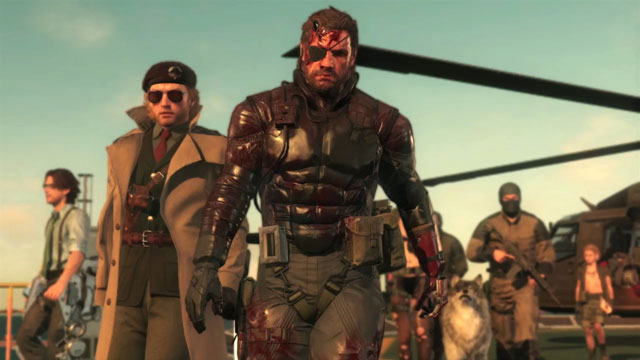
 Metal Gear Solid V: The Phantom Pain
Metal Gear Solid V: The Phantom Pain
Games director Hideo Kojima bows out of publisher Konami and out of the Metal Gear Solid franchise with a mad, brilliant and infuriating magnum opus. It’s flawed, it’s bloated and the story is a slap in the face, but it also offers drum-tight gameplay, plenty of Easter eggs and secrets, and an off-kilter sense of humour.
Many long-time MGS fans were disappointed that the cinematics take a back-seat to the gameplay, that there weren’t a lot of boss fights, and even that the game shifted from MSG’s linear storytelling to an open-world. However, MGSV offers a fresh twist on the open-world formula with its emergent moments, meticulous attention to detail, and layers of interlocking game systems. Windows, PS3, PS4, Xbox 360, Xbox One
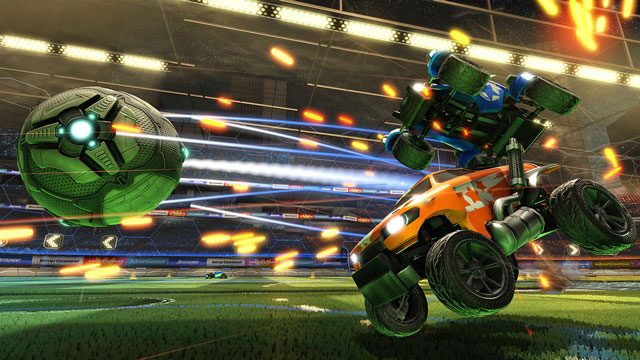
 Rocket League
Rocket League
The sequel to Supersonic Acrobatic Rocket-Powered Battle-Cars is one of the best multiplayer games of the year. It has a depth that belies its bare-bone concept — soccer played by cars — with the best players exploiting its physics system and exact controls to pull off some astonishing feats. It’s a beautiful embodiment of the simple-to-play, hard-to-master concept. Windows, PS4 out now; OS X, Linux, and Xbox One versions to follow in 2016
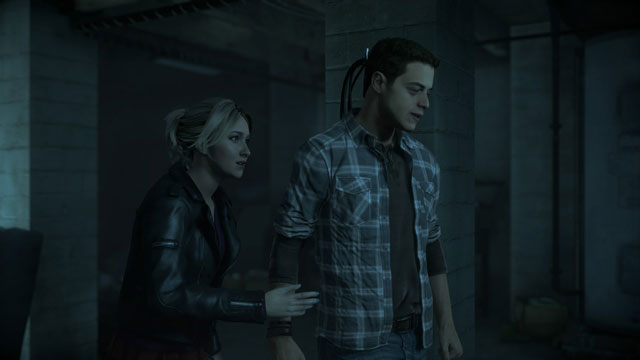
 Until Dawn
Until Dawn
The interactive fiction genre has had a great year, with highlights including Telltale Games’ rambunctious Tales from the Borderlands and the captivating Life is Strange from Dontnod. But Until Dawn is the standout for its polished production values, superb voice acting (from the likes of Peter Stormare and Rami Malek), and shrewd writing. YouTube “Let’s Plays” and Twitch streamers turned it into a sleeper hit.
Until Dawn is pretty much Cabin in the Woods translated into game form — a winking pastiche of 1980s slasher horror films that throws bits of The Descent, Friday the 13th, Pet Sematary, and more, into the blender. Its “butterfly effect” choice system means that the story can play out in a number of subtle ways depending on the choices you make; it cleverly exploits horror tropes to manipulate your responses and offers up some effective jump scares. PS4

 Ori and the Blind Forest
Ori and the Blind Forest
One of the year’s most promising debuts for a new developer, Moon Studios’ Ori and the Blindforest, is a charming but sometimes fiercely challenging 2D platformer and exploration game. It’s visual and audio design are gorgeous, the gameplay is addictive, the controls are precise, and the fable-like storytelling is surprisingly poignant. Ori doesn’t reinvent the wheel for the “Metroidvania”, but it is a slick example of the genre at its best. Windows, Xbox 360, Xbox One
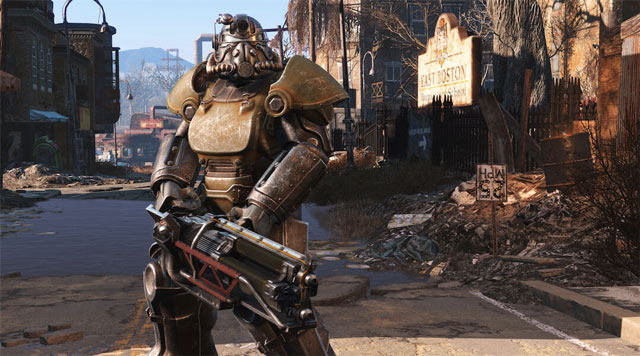
 Fallout 4
Fallout 4
Bethesda takes an “if it’s not broken, don’t try to fix it” approach to Fallout 4, so anyone expecting much innovation is bound to be disappointed. So are those hoping that Fallout is free of the glitches and bugs that mar most Bethesda games. But fans of Fallout 3 and its post-apocalyptic world are in heaven.
Fallout 4 moves the action to Boston, adds some new twists such as the ability to construct and develop your own settlement, and refines the series’ gameplay, character development and crafting systems. But it’s the bleak humour of the dialogue, the wealth of sub-quests, and the strongest storytelling from Bethesda yet that keeps bringing players back to Fallout 4’s dystopia. Windows, PS4, Xbox One
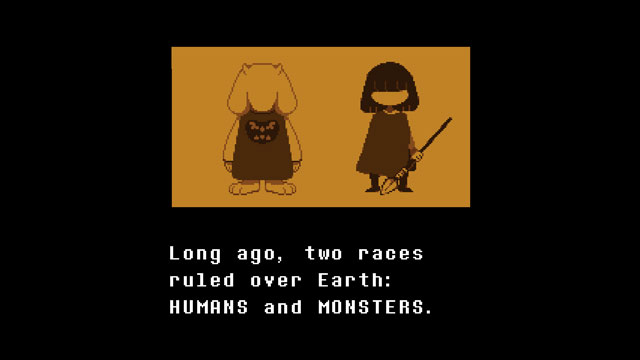
 Undertale
Undertale
Undertale from Toby Fox is the indie breakthrough of the year. Under its naïve, retro visual presentation, it’s a whip-smart, fourth wall-demolishing take on the SNES-era Japanese RPG with surprises around every corner. It bills itself as an RPG you can complete without killing anyone or anything, but getting to the end without resorting to violence is anything but simple. From bullet-hell shooting and rhythm games to inventive puzzles, it throws plenty out of challenges to keep you on your toes. Meanwhile, as you work your way towards the end, you’ll be treated to some funny and thoughtful meta-commentary about games and gaming. OS X, Windows
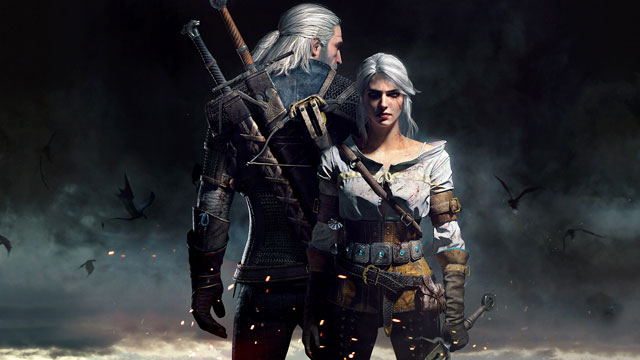
 The Witcher 3: The Wild Hunt
The Witcher 3: The Wild Hunt
Poland’s CD Projekt RED continues the adventures of Geralt of Rivia in the acclaimed fantasy RPG. Though it’s not as perfect as the rapturous reviews it received on release might suggest, The Witcher 3’s expansive open world, intriguing story and laconic, dry-humoured player character make it one of the most memorable games of the year. Performance stutters on consoles but the visuals on a decently-specced PC are something to behold.
I had quibbles about the clumsy inventory management, unrefined combat, and the dull repetitiveness of some of the side missions, but the quest design and world-building are superlative. The game does a great job of immersing you in the boots and armour of the monster slayer, Geralt, as he deals with treacherous lords and kings, and ferocious dragons and wraiths. Windows, PS4, Xbox One
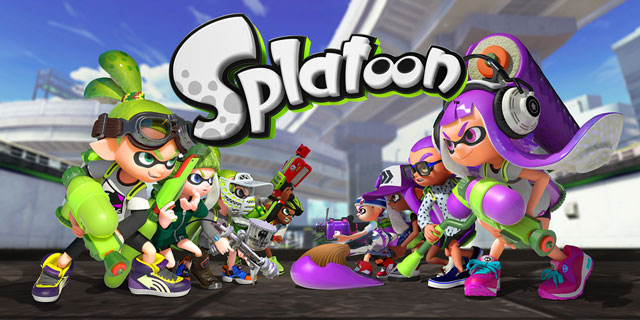
 Splatoon
Splatoon
Who would’ve thought that it would be Nintendo who would reinvent the online shooter? The goofy, colourful Splatoon is accessible to kids and beginners, yet offers unexpected tactical complexity for more advanced players. Though it was a bit light on maps, weapons and modes at launch, Nintendo has since supported it generously with free downloadable content.
The Splatoon game as it stands today brims over with goodies, having become one of the most rewarding multiplayer titles on the market. With the death of CEO Satoru Iwata earlier this year and the Wii-U’s struggle for market relevance, Splatoon is an important game for Nintendo. Made by a team of young designers who will one day take the mantel from the visionary Shigeru Miyamoto, it shows Nintendo has more to offer the market than nostalgic retreads of Mario and Zelda. Wii-U
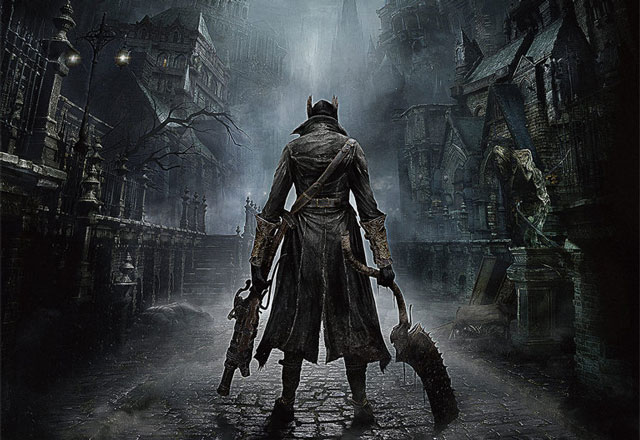
 Bloodborne
Bloodborne
Games director Hidetaka Miyazaki is still a sadist, but his PS4 exclusive action RPG is a little more accessible than the punishing Demon’s Souls and Dark Souls. Though many elements of the game will feel familiar to Souls veterans — the brutal boss fights, the trial-by-fire gameplay, the gloomy ambiance — there’s enough to set Bloodborne apart from its forebears. The player character is a little more agile this time, favouring a slightly more aggressive gameplay style than the slow and deliberate pace of the Souls games.
Bloodborne’s oppressive Gothic city of Yharnam is one of the most memorable game worlds of the year — an abject place populated by Lovecraftian monsters and diseased, shambling mobs of humans. There’s real depth in Bloodborne’s gameplay systems, in the secrets hidden in Yharnam’s streets, and in how the world links into a cohesive whole. It’s a game that demands you pay attention to its rules, master its mechanics and concentrate. Else you die. Again. PS4
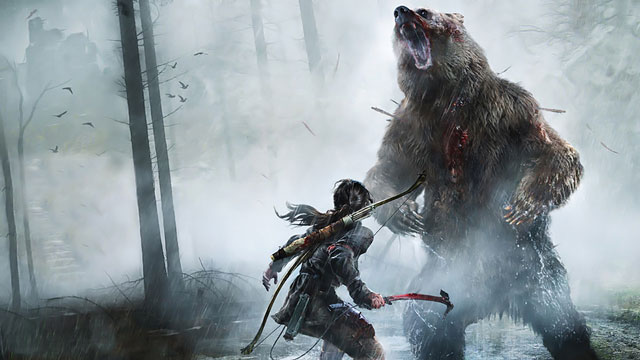
 Rise of the Tomb Raider
Rise of the Tomb Raider
Rise of the Tomb Raider iterates on the success of the 2013 Tomb Raider reboot, ticking off a list of improvements that brings it close to perfection. This time, Crystal Dynamics really nails what a modern game with Lara Croft should feel like. It is in every way a major step forward over its predecessor: deeper in gameplay mechanics, more expansive in the content it has to offer, and offering the sort of technical leap forward we’d like to see from a current-generation game.
Rise offers an even more satisfying gameplay loop than TR2013, paired with more confident storytelling and voice acting. Until the combat-heavy last third of the game, there is nearly as much exploration and puzzle solving as there is shooting. And even if the tombs aren’t as complex as those in earlier games, they’re longer and more engaging. The combat has also been refined, with better stealth mechanics, a new Last of Us-inspired crafting system, and even more toys and tools for Lara to play with. And the graphics are probably among the most impressive we’ve seen on the Xbox One to date. Xbox 360, Xbox One out now; PC and PS4 versions to follow in 2016
Other 2015 videogames worth a mention
Batman: Arkham Knight: The dull Batmobile sections and a broken PC version took some shine off what should’ve been a triumphant conclusion for Rocksteady’s trilogy. Still, Arkham Knight has enough cool Batman moments to be worth a play. Windows, PS4, Xbox One
Broforce: South Africa’s Free Lives has enjoyed cult success with its anarchic, difficult tribute to 1980s action films and arcade side-scrolling shooters a la Contra. OS X, Windows out now; PS4 version to follow in 2016
Dirt: Rally: Codemasters trades the arcade accessibility of the Colin McRae games for a more authentic, no-frills sim with its new rally game. It’s deep, rewarding, and unforgiving. Windows; PS4 and Xbox One to follow in 2016
Halo 5: Guardians: The campaign is disappointingly short and repetitive, but the near-perfect multiplayer is where it is at. In addition to all the classic Halo modes, the new Warzone mode spices things up with some Moba-esque (multiplayer online battle arena) touches. Xbox One
Her Story: Featuring a magnetic performance from Viva Seifert, the enigmatic Her Story asks you to solve a case of a missing man by searching a database of police video clips. It’s playful, atmospheric, and intriguing. iOS, OS X, Windows
Kerbal Space Program: Finally out of beta after all these years, the space exploration game has fun with rocket science and physics. Though it lacks a little polish, it’s endlessly inventive and re-playable. Linux, OS X, Windows out now; console versions next year
Pillars of Eternity: Obsidian Entertainment’s love letter to the Black Isle Studios-era isometric computer RPGs is a treat for anyone who loved Baldur’s Gate or Planescape Torment. With its rich lore and tactical combat, it’s a fitting tribute to its inspirations and one of the most successful Kickstarter games yet. Windows, OS X, Linux
SOMA: Frictional Games, developers of Amnesia: Dark Descent, offers up a dark blend of sci-fi horror and psychological thriller in this first-person exploration game. In the same genre, the haunting PS4 exclusive Everybody’s Gone to the Rapture is also worth a look. Linux, OS X, Windows, PS4
Starcraft II: Legacy of the Void: The epic conclusion to the StarCraft II trilogy delivers a one-two punch of compelling multiplayer and a great campaign. OS X, Windows
Super Mario Maker: Nintendo lets you create and share your own 2D Mario game levels and play those created by other people. As with Sony’s LittleBigPlanet, there’s a lot of dreadful user-generated content in Mario Maker, but also some real gems. Plus, the creation tools are a snap to use. Wii-U

